Plastic accounts for around 10 percent of the total waste we generate.
Plastics at a Japanese recycling facility.
The average American throws away approximately 185 pounds of plastic per year.
A Chinese worker labors in front of a big pile of waste plastic bottles at a recycling station in Zhengzhou city, central Chinas Henan province, 2010.
A big portion of that is in the form of plastic bags.
"Plastic Bag Monster," a public installation by Slovenian artist Miha Artnak.
The world consumes more than one million bags per minute.
The monster is made from 40,000 used plastic bags and 7,500 used plastic cups.
Its plastic-baggy tentacles stretched all throughout the capital city of Ljubljana.
Many of these plastic bags are used once, only to end up in the streets.
The average American consumes 500 plastic bags a year.
A man wearing 500 plastic bags.
And plastic bags are only part of the problem. We also throw away 35 billion plastic water bottles every year.
The Recycling Labyrinth--an art installation made from 8,000 plastic bottles and placed near UN building in Geneva, 2011.
That works out to about 1,500 plastic bottles per second.
Last year, MSLK Design hung 1,500 plastic water bottles strung together to visualize 1 second of US consumption (Governor's Island, NYC).
If you think all that plastic waste just ends up in landfills, far away from where you live, think again.
Plastic waste being skimmed from the mouth of the Los Angeles River in Long Beach, California.
Plastic constitutes approximately 90 percent of all trash floating on the ocean’s surface, with 46,000 pieces of plastic per square mile.
That enough to cover 40 percent of the world's ocean surfaces.
Nariman Point, Mumbai (2007)
This floating plastic breaks down into such small segments that the pieces from just ONE liter bottle could end up on every mile of beach in the world.
On certain Hawaiian beaches, these plastic particles outnumber sand grains until you dig down about a foot.
All this microscopic plastic debris has given birth to a new type of rock: Plastiglomerate.
The rock is the result of melted plastic trash on beaches mixing with sediment, basaltic lava fragments and organic debris, such as shells.
Centuries from now, plastiglomerate is how our generation will be remembered in the geological record.
All that tiny plastic isn't just bad news for humans, though.
Yamuna River in New Delhi.
One million sea birds and 100,000 marine mammals are killed annually from plastic in our oceans.
Shark carcass on Kamilo Beach, Hawaii.
44 percent of all seabird species, 22 percent of cetaceans, all sea turtle species, and a growing list of fish species have been documented with plastic in or around their bodies.
A wild Australian Bowerbird with a milk bottle ring tightly wedged around its neck.
Laysan albatross fledging with neck caught in plastic coathanger.
Common hermit crab living in a plastic bottle cap.
Plastic bag suffocating coral.
The only way to end this madness is to seek out alternatives to the plastic items that you rely on.
Human sized bottles filled with bottles collected by one man, over the course of one year, on the beach at Point Reyes, California.
When absolutely necessary (or unavoidable) to use plastic, choose #1 (PETE) or #2 (HDPE). They're the easiest to recycle.
Look around you. How much plastic waste do you see?

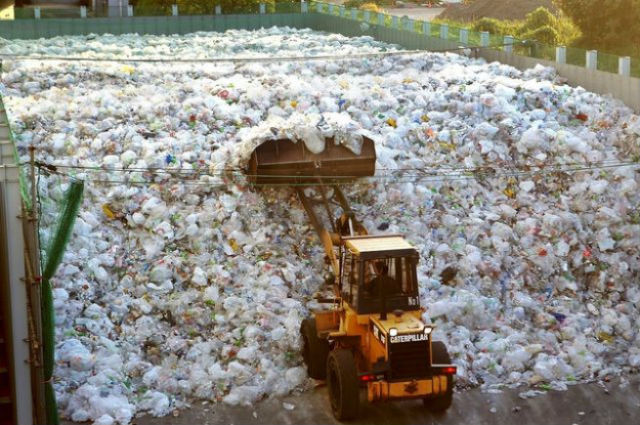
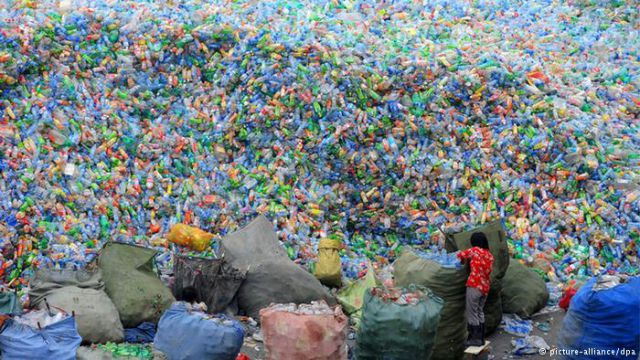
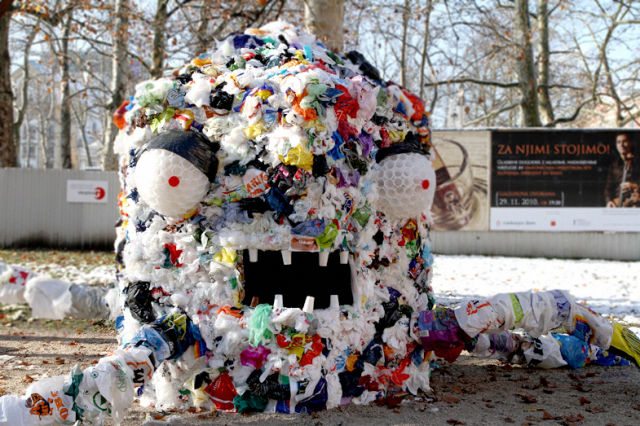
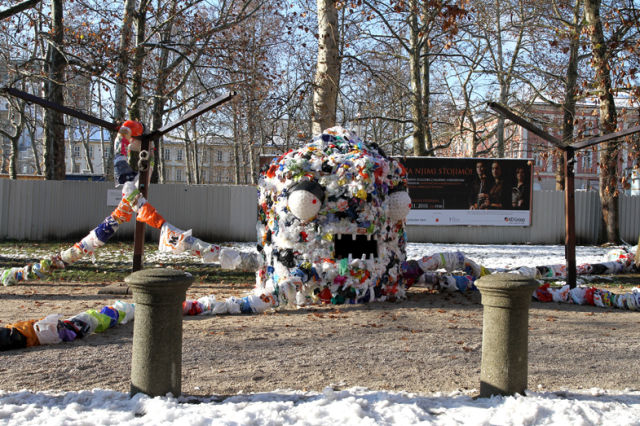
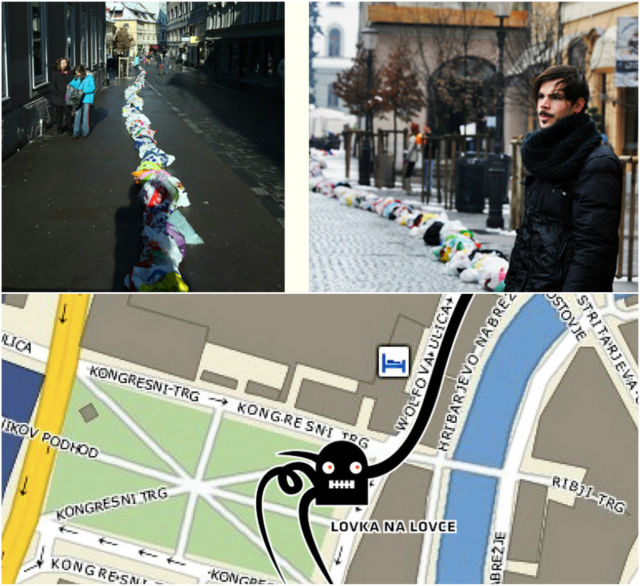


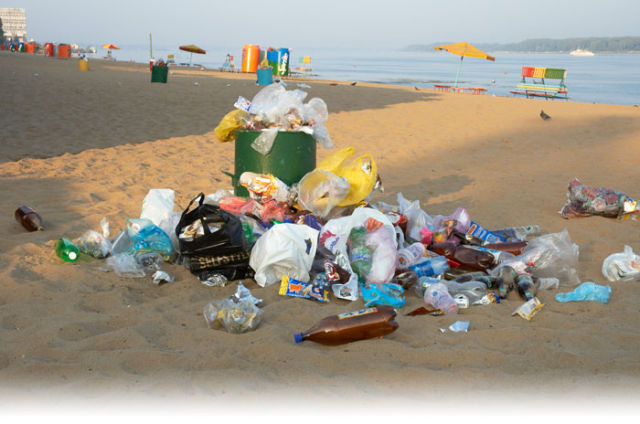
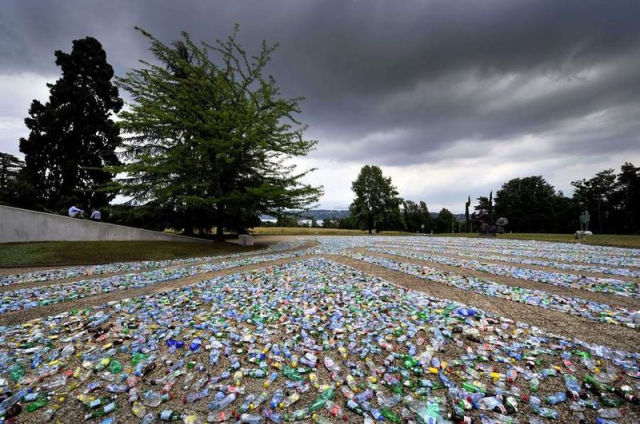
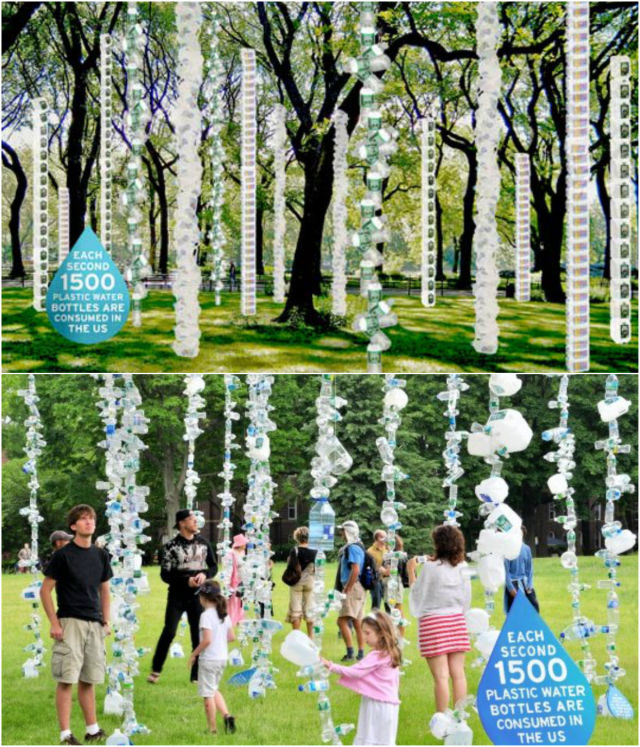
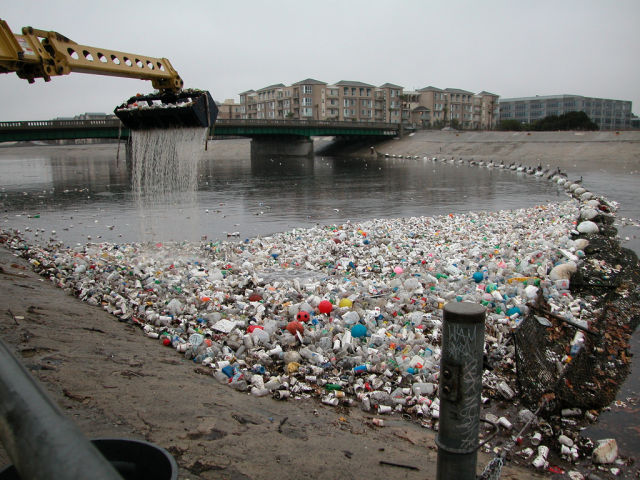
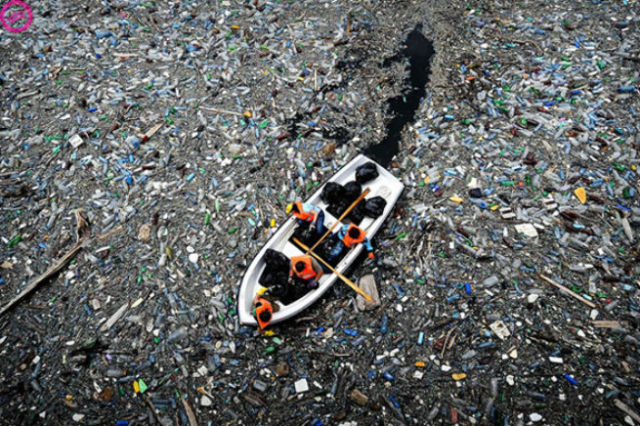
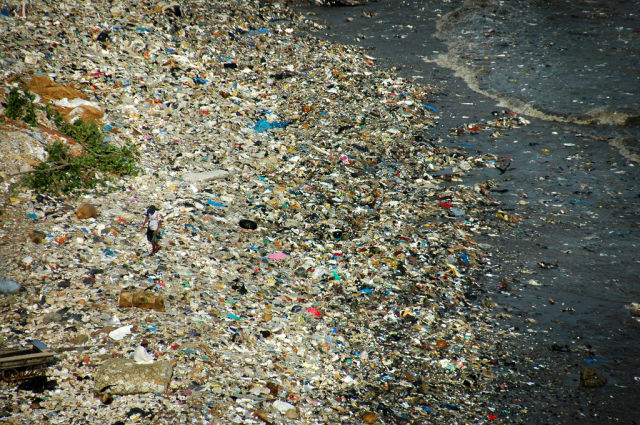
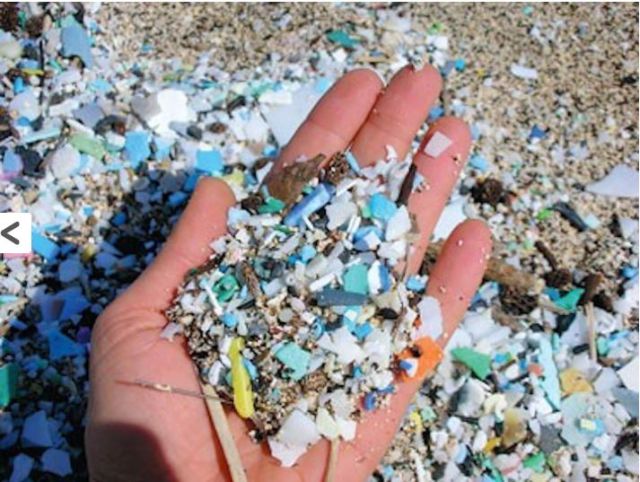
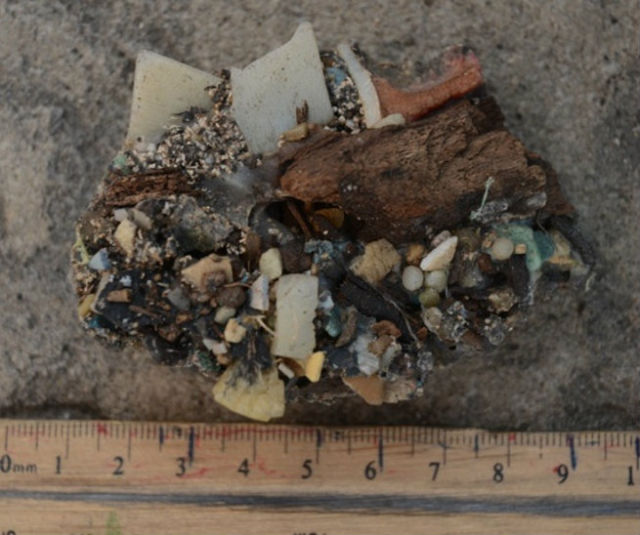
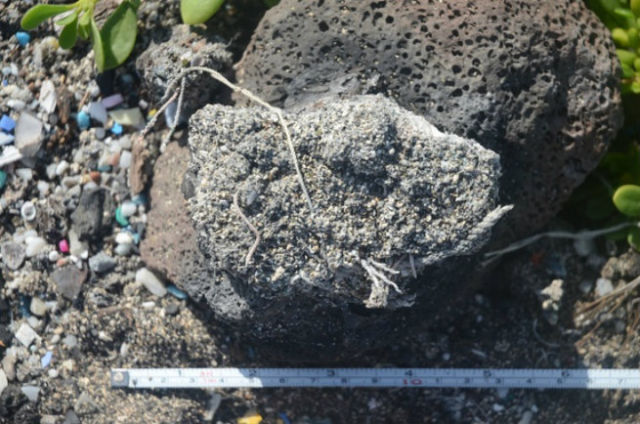

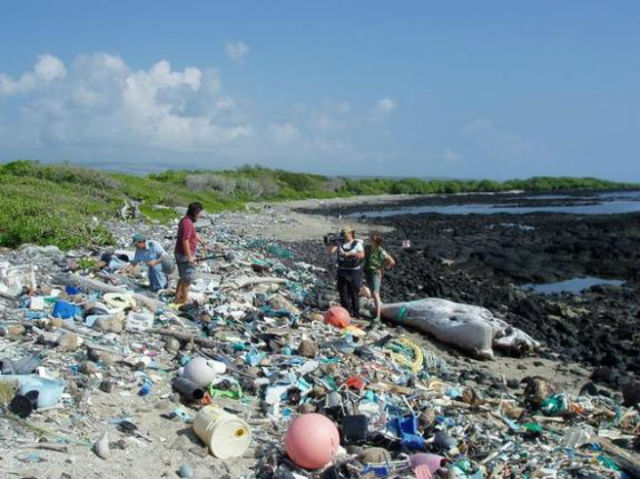
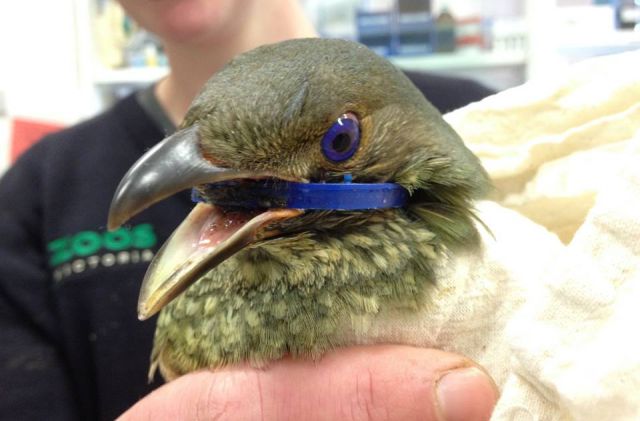
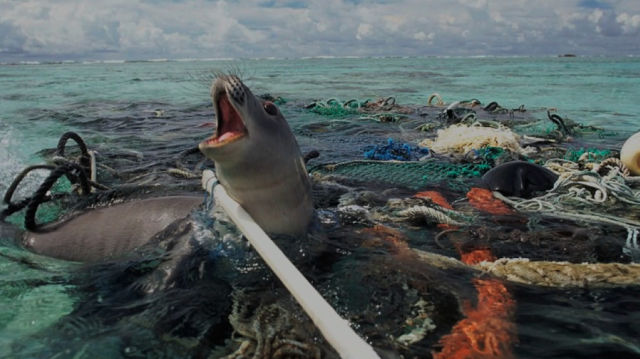
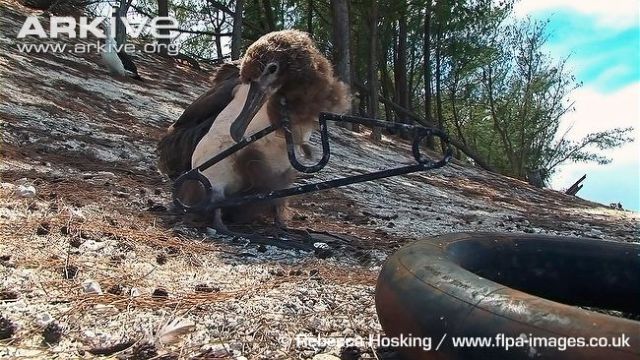
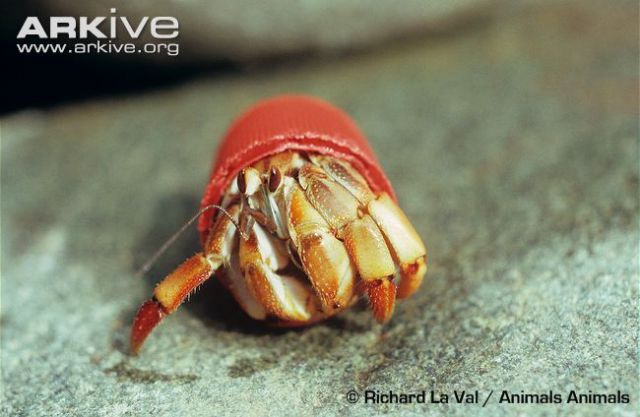
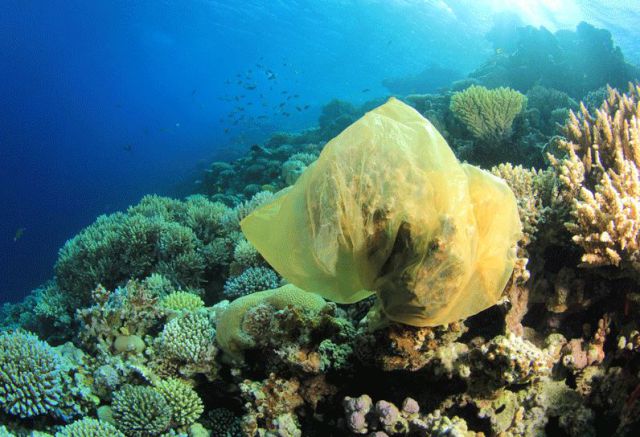
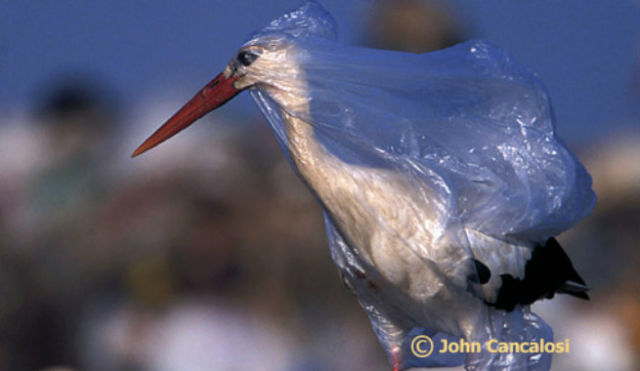
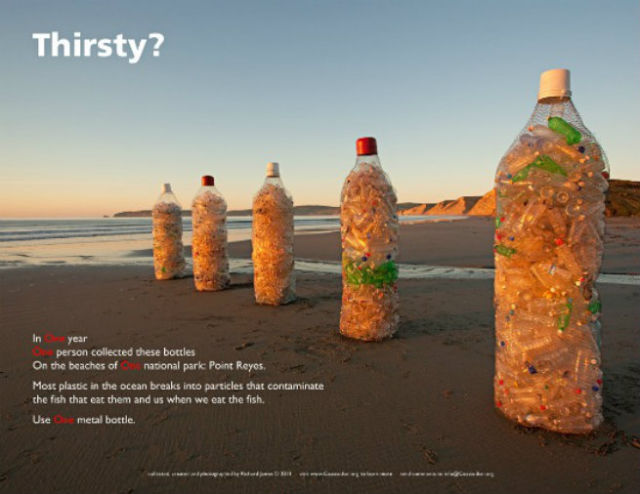
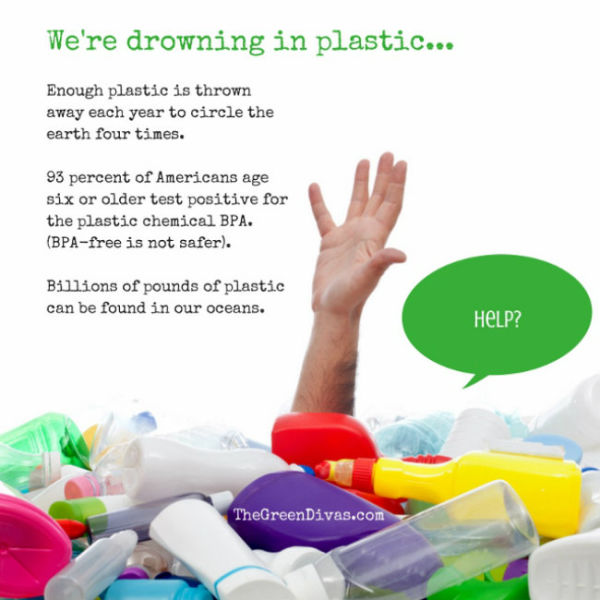
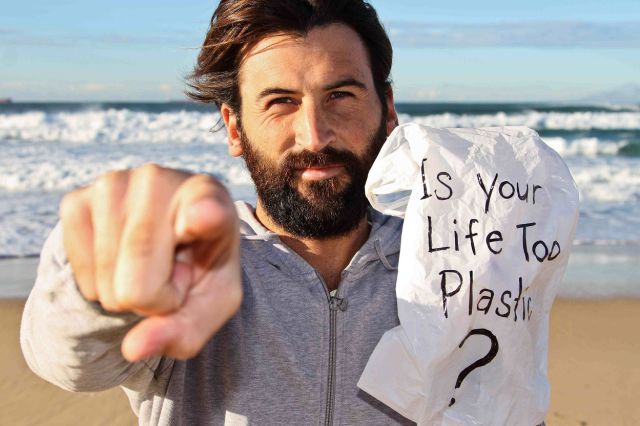



Notice given on 25 June, 2019 at 6:09 pm california time